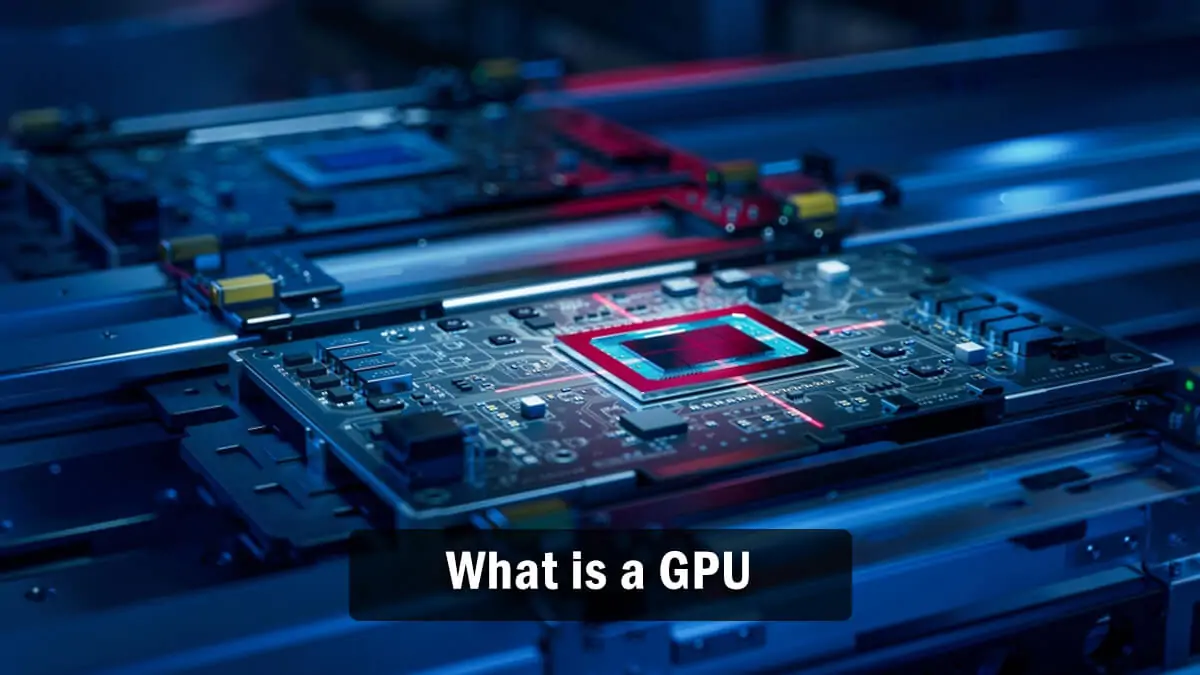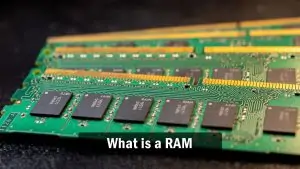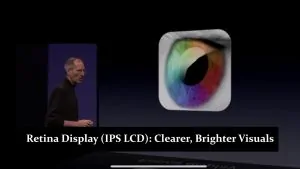A Graphics Processing Unit (GPU) is a specialized electronic circuit designed to accelerate the processing of images and videos. It handles complex mathematical calculations required for rendering graphics, making it an essential component in devices like smartphones, tablets, laptops, and desktop computers. The GPU is often referred to as the “graphics card” in personal computers.
Key Functions of a GPU
- Rendering Graphics: The primary function of a GPU is to render graphics. It processes and outputs images to the display, whether they are 2D or 3D. This includes everything from the user interface and icons to videos and high-resolution games.
- Parallel Processing: GPUs are designed for parallel processing, allowing them to handle multiple tasks simultaneously. This makes them particularly efficient at processing large amounts of data, such as in video games, scientific simulations, and machine learning applications.
- Video Playback: The GPU plays a crucial role in decoding and playing video files, ensuring smooth playback and high-quality visuals.
- Artificial Intelligence and Machine Learning: Modern GPUs are increasingly used in AI and machine learning applications due to their ability to perform parallel processing efficiently. They accelerate tasks like image recognition, data analysis, and neural network training.
Types of GPUs
- Integrated GPU: An integrated GPU is built into the same chip as the CPU. This type of GPU shares memory with the CPU and is commonly found in mobile devices, laptops, and budget desktops. While they are less powerful than dedicated GPUs, integrated GPUs are more energy-efficient and sufficient for everyday tasks like web browsing, video playback, and light gaming.
- Dedicated (Discrete) GPU: A dedicated GPU is a separate chip installed on a graphics card, offering significantly more power than integrated GPUs. These are typically found in high-performance laptops and desktop computers. Dedicated GPUs have their own memory (VRAM), which allows for better performance in graphics-intensive tasks such as gaming, 3D rendering, and video editing.
Uses of a GPU
- Gaming: GPUs are crucial for rendering the complex graphics and animations found in modern video games. They ensure smooth gameplay and high-quality visuals, making gaming a major use case for high-end GPUs.
- Content Creation: For tasks like video editing, 3D modeling, and graphic design, GPUs provide the necessary power to handle high-resolution images and videos. They accelerate rendering times and improve the overall workflow.
- Scientific Computing: GPUs are used in scientific research and simulations, where they handle large-scale computations much faster than CPUs.
- Machine Learning: In AI and machine learning, GPUs accelerate data processing and model training, making them invaluable for developing and deploying advanced algorithms.
Importance of the GPU
The GPU is a critical component for any device that handles graphics or visual data. Its ability to process complex graphics and perform parallel computations makes it indispensable for gaming, multimedia, and professional applications. As technology advances, GPUs continue to evolve, offering more power and efficiency, which expands their use in various fields beyond traditional graphics processing.



